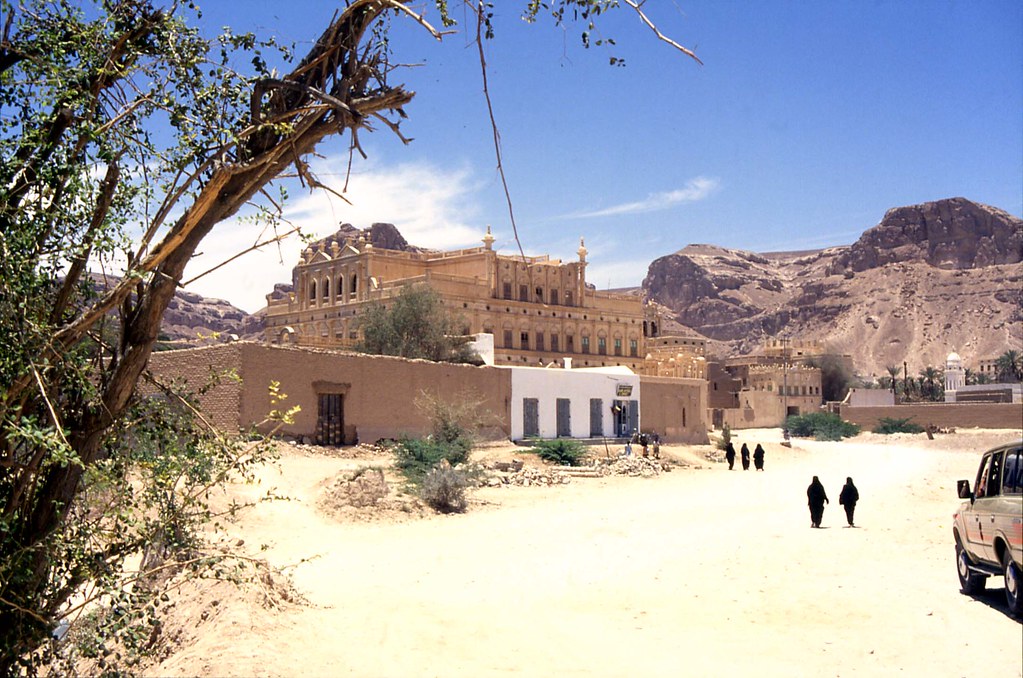I’m still reading this book about the history of spices and the spice trade. The book presents cumulative information from sources dating far back to ancient times relating to spices and their trade. With almost every section on a different spice, it seems like it unlocks entire worlds.
The most recent world I am reading about is a land called either Sabea or Sheba, where the famous Queen of Sheba is said to come from. It is mentioned in the bible that the Queen came to visit king Solomon, that she brought with her a gift of a balsam tree.
That would be Balsam of Mecca, Commiphora opobalsamum, which is also called Commiphora gileadensis or Balm of Gilead. This very small tree is a sister plant of the myrrh tree, both of which are native to the southeastern part of the arabian peninsula, in what is now Yemen.
There are legends about this ancient place where the fragrant balsam trees grew, their scent wafting into the winds no doubt mystifying guests, sailors from far away lands, who encountered this world.
Over the past decade there has been work excavating a site of an ancient temple which is believed to have belonged to the Queen of Sheba, the Temple of the Moon God, Mahram Bilqis.
There have been numerous fragments found at this site with inscriptions in an ancient language. It is important to remember that this temple is from a time which pre-dates Islam by something like 1,600 years. People associate Islam with that region of the world and completely bypass another, ancient, grand history.
Some of the inscriptions that have been translated are magical, such as “…the universe of god’s house is produced from love…”
Interestingly it appears that this once highly valued Balsam of Mecca, which is an aromatic resin with a honey-like consistency, can no longer be found. There are many substitutes based on trees from other parts of the world which are called Balm of Gilead but which are not.

Leave a Reply
You must be logged in to post a comment.